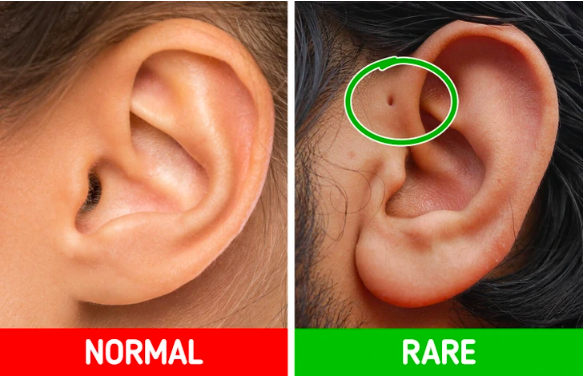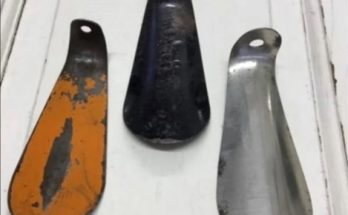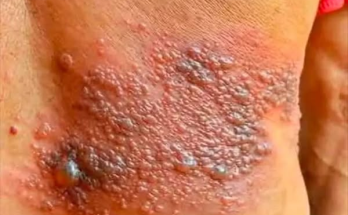Even with all the incredible progress science has made, the human body still holds many mysteries. Take, for example, recently discovered saliva-producing organs—just one of the many surprising revelations that continue to show how uniquely complex our bodies are. And sometimes, these features are so rare that they appear in only a small fraction of people, emphasizing the individuality of every person.
Here are a few rare and fascinating human traits you might not know about:
Fingers and Toes Without Nails
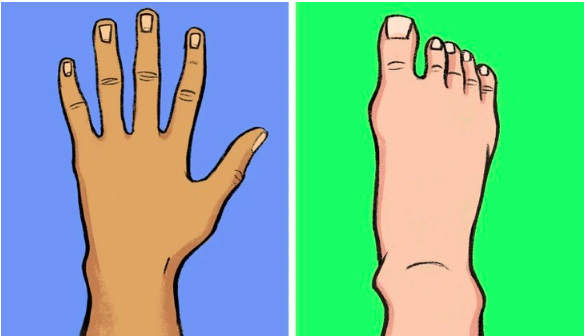
Imagine life without fingernails or toenails—that’s the reality for some people born with a rare condition called anonychia congenita. While the absence of nails might sound alarming, it doesn’t affect a person’s health. In fact, some may only be missing a few nails, not all.
A Small Hole Near the Ear
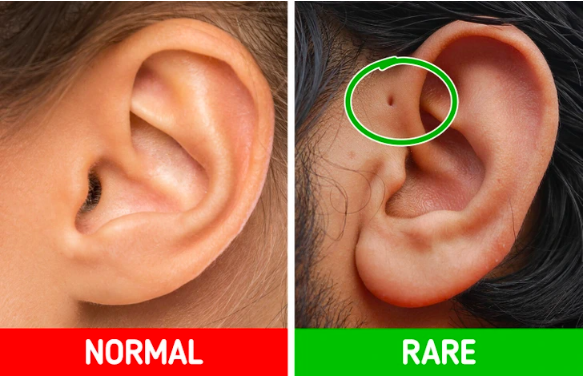
Ever heard of a tiny hole near the ear? That’s known as a preauricular pit. It’s a rare condition, often appearing on the right side, and while it sounds strange, it’s usually harmless and doesn’t cause any health issues.
Constant Body Odor
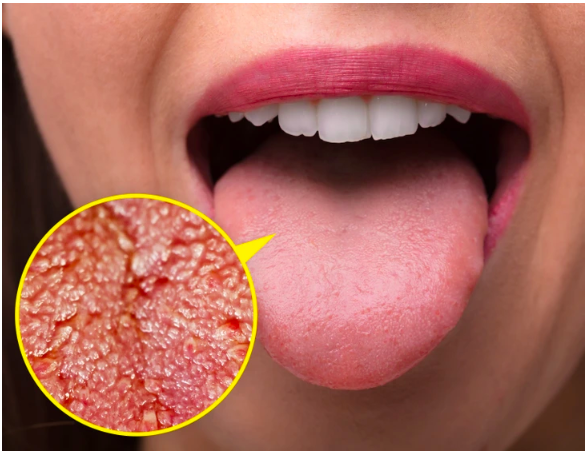
Trimethylaminuria is an extremely rare condition that results in constant body odor, affecting only about 100 known cases. The condition causes a chemical called trimethylamine to build up in the body, releasing a strong odor through sweat or breath. While most people’s bodies process this chemical easily, those with trimethylaminuria can’t, leading to this persistent odor.
Unbreakable Bones
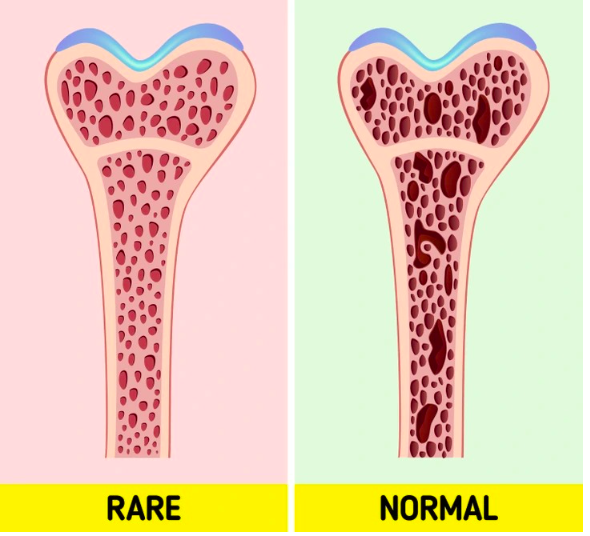
Imagine having bones so dense that they’re nearly unbreakable. That’s the reality for a small number of people with a genetic mutation called LRP5. Discovered when a man survived a car accident without injury in 1994, people with this condition have bones that are resistant to fractures and can even grow new bone minerals as needed.
Supertasters
Some people are born with more taste buds than the average person, making them “supertasters.” These individuals are particularly sensitive to bitter flavors in foods like coffee, chocolate, and broccoli. Around 25% of the population has this ability, and it’s more common in women than in men.
Excess Hair Growth
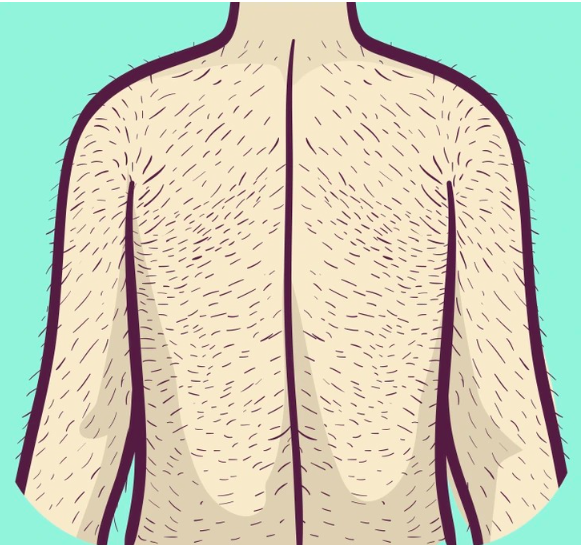
It might sound like something from a fairy tale, but hypertrichosis (also known as “werewolf syndrome”) causes excessive hair growth all over the body. It’s so rare that only about 50 cases have been documented, and it can be present from birth or develop later. The exact cause remains unclear, but it often runs in families.
Seeing More Colors
Ever wondered if there are colors out there that you can’t see? People with tetrachromacy can see extra colors, thanks to an additional photoreceptor in their eyes. While most people see through three photoreceptors (blue, green, and red), those with tetrachromacy have four, allowing them to perceive a broader spectrum of colors. This rare trait is more common in women, affecting about 12% of them.
The Absence of Tonsils
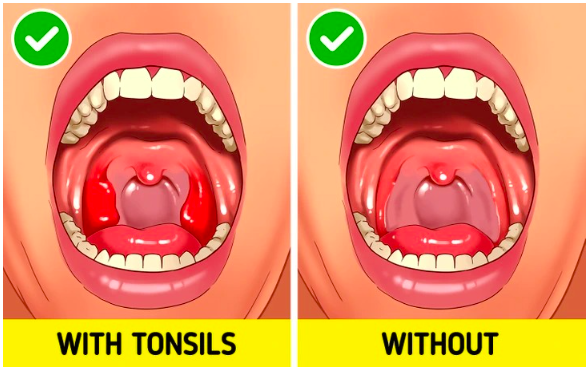
We all know that tonsils are often removed during childhood, but some people grow up without them, either due to a previous tonsillectomy or simply never having them. Tonsils are part of the body’s defense system, helping to prevent germs from entering the mouth. But as we age, they often shrink and become less necessary, which is why some people live perfectly fine without them.
The human body is full of surprising traits that make each individual unique. Whether it’s an extra color in your vision or bones that refuse to break, these rare features remind us just how extraordinary and varied our biology can be!
